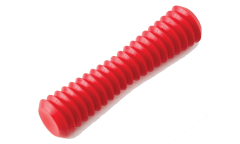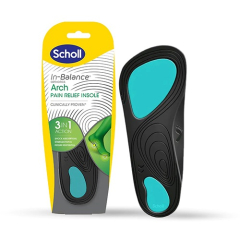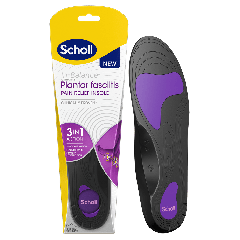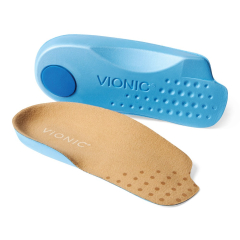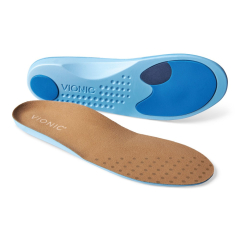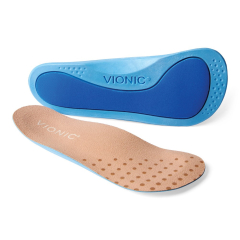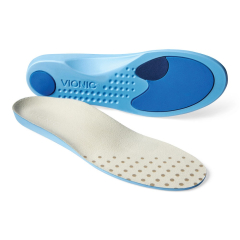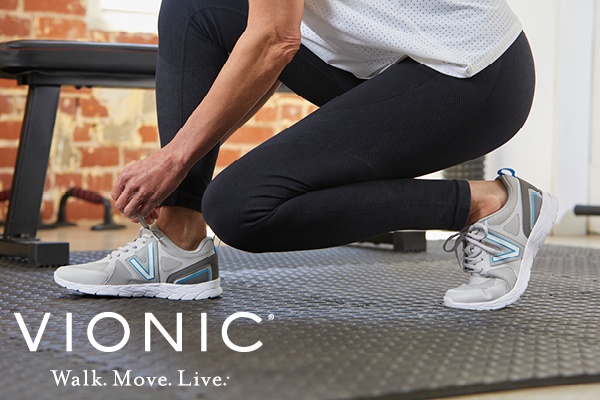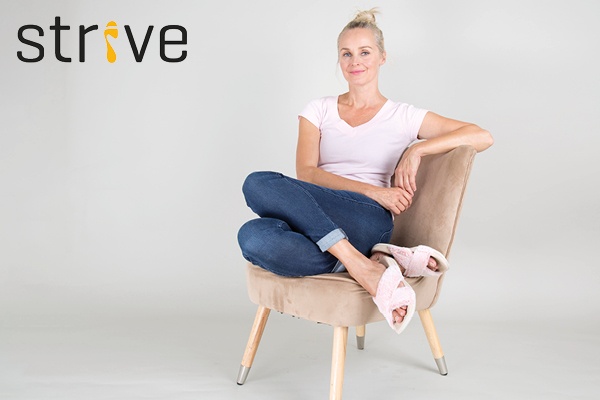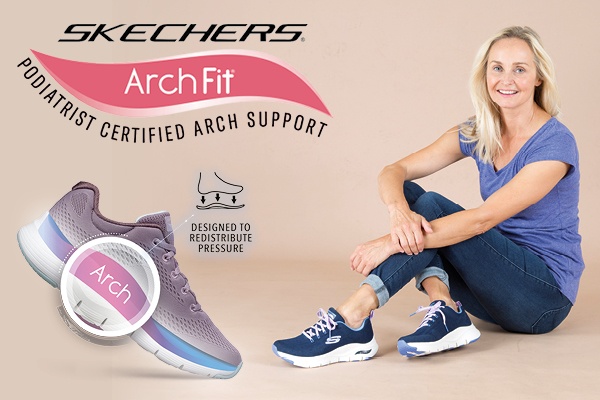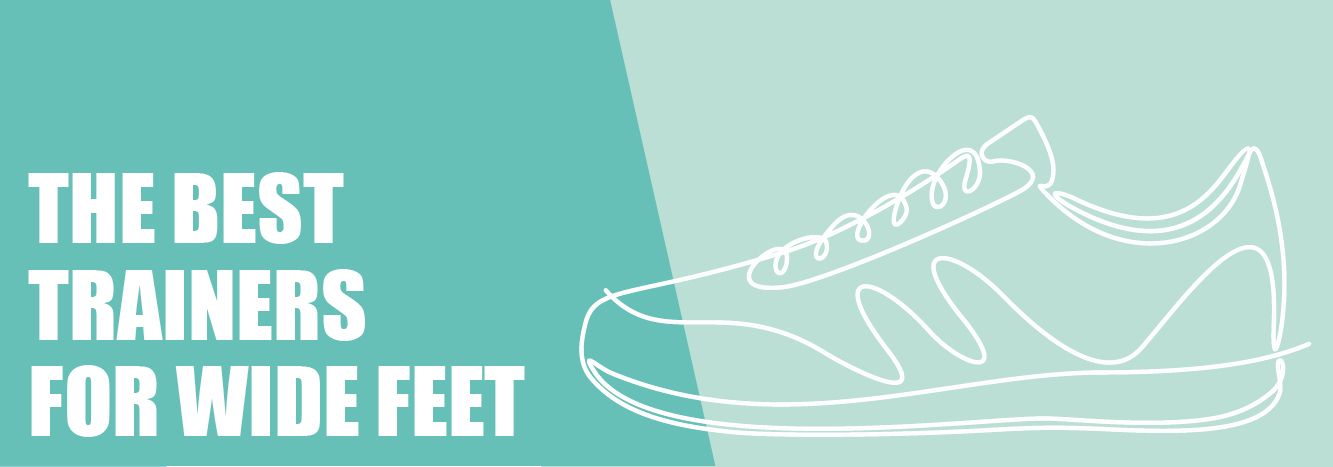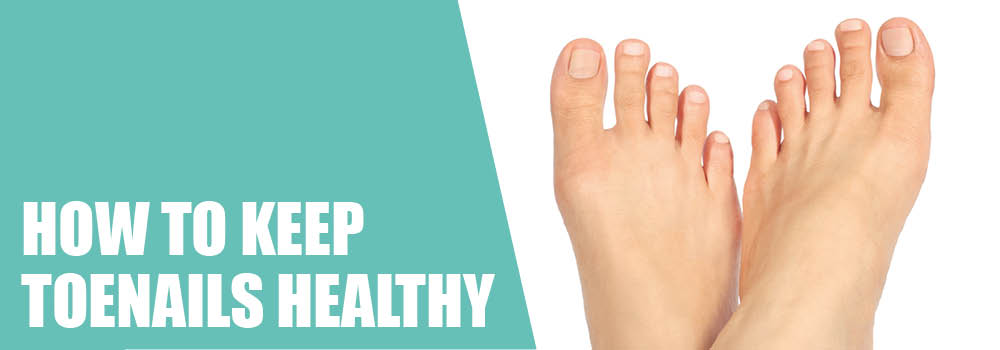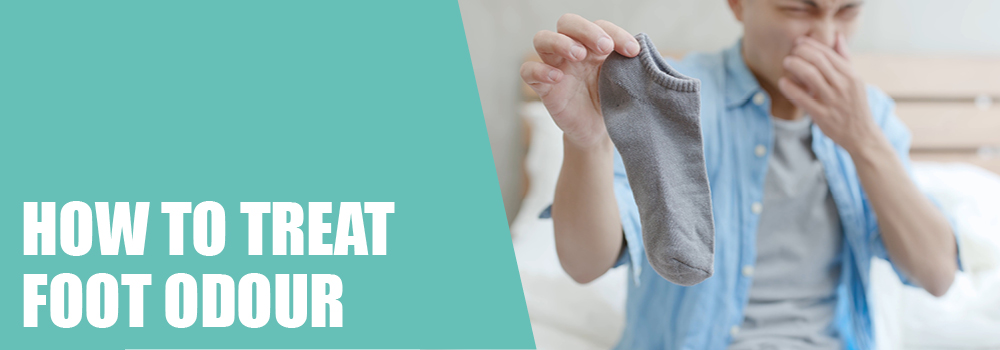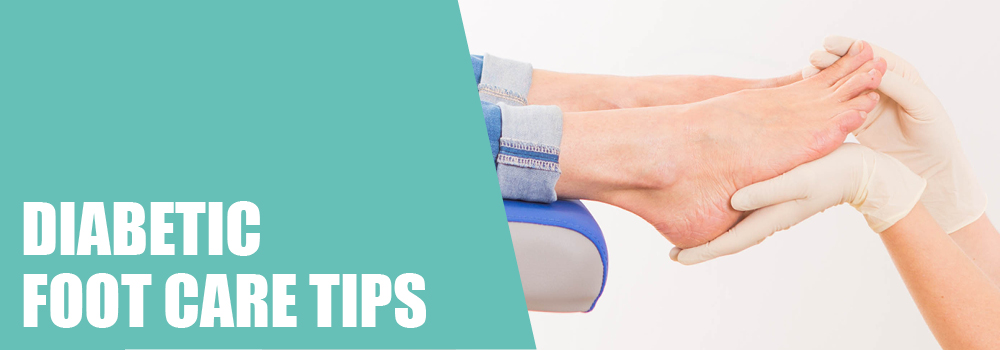Flat Feet Guide: The 12 Best Flat Feet Exercises
- Mrs G
- Simply Feet
- 24 Jul 2023
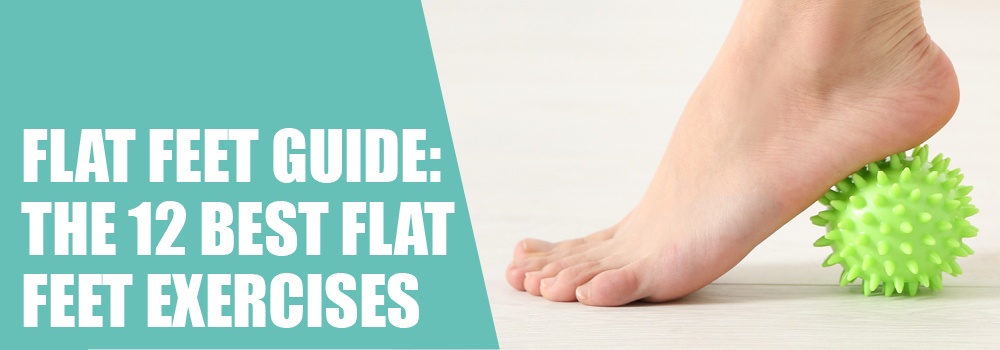
Having flat feet can pose challenges when it comes to stability and mobility. The lack of arch support can lead to foot and ankle pain, discomfort, and difficulties in certain physical activities. However, with the right exercises and proper care, you can strengthen your arches and improve your overall foot health.
In this article, we will explore a variety of exercises for flat feet that can help you regain stability, alleviate pain, and enhance your mobility. Whether you're an athlete or simply looking for ways to improve your foot health, these exercises can be beneficial.
What Are Flat Feet?
Flat feet, also known as fallen arches, is a condition where the arches on the inside of the feet are flattened or absent, causing the entire sole of the foot to come into contact with the ground when standing. This condition can affect one or both feet and may be present from birth or develop over time.
Normally, the arches in the feet provide support and help distribute body weight evenly across the foot. However, in individuals with flat feet, the arches collapse, causing the feet to roll inward excessively. This inward rolling, known as overpronation, can lead to various problems and symptoms.
Causes Of Flat Feet
The main cause of flat feet can vary from person to person, and in many cases, the exact cause is unknown. However, several factors can contribute to the development of flat feet:
- Flat feet can run in the family, and if one or both parents have flat feet, it is common for their children to be prone to developing the condition.
- The bones in the feet don't grow properly in the womb causing flat feet.
- Conditions affecting the muscles, nerves or joints in the whole body, such as cerebral palsy and spina bifida.
- Being overweight puts excess strain on your feet, weakening the arches and leading to flat feet.
- Trauma to the foot or ankle, such as fractures or sprains, can weaken the structures that support the arches.
It's important to note that not all individuals with these risk factors will develop flat feet, and some people may have flat feet without experiencing any symptoms or problems. If you are concerned about your foot structure or are experiencing foot pain, it's recommended to consult a healthcare professional for an accurate diagnosis and appropriate treatment.
Symptoms of Flat Feet
Most people with flat feet typically won’t have any symptoms of flat feet. However, some symptoms are caused by flat feet; these include:
- Foot stiffness
- Uneven wearing of shoes
- Pain in the whole foot, ankle or just parts of it
- The altered placement of the foot on the ground can lead to pain in the calf, knee, thigh, hip or spine
- Over-pronation can lead to ankle pain and Achilles tendinopathy
12 Best Exercises for Flat Feet
Engaging in exercises to strengthen your arches can benefit individuals with flat feet, as it can help alleviate discomfort and improve posture over the long term.
These exercises are not exclusively meant for those with flat feet; they are also recommended for individuals with partially flat arches or those with normal, healthy foot arches.
Performing these arch-strengthening exercises at home is easy, and they only require a few minutes of your time each day. The exercises are designed to begin at a beginner's level and can be gradually intensified as you gain more confidence. However, If you encounter any pain during the exercises, it is crucial to stop immediately and take a day off if your muscles feel sore.
1. Marble Pickups
Marble pickups are a great way to strengthen the muscles in your feet. To do this exercise, you will need some marbles, a bowl and must be seated.
- Place 10 to 20 marbles on the floor next to a bowl.
- Use your toes to grab each marble and place it into the bowl.
2. Arch Lifts
Arch lifts work the arch in your foot by maintaining structure and strength. To do this exercise, follow these simple steps:
- Stand with your feet directly underneath your hips.
- Keep your toes in contact with the floor the entire time, and roll your weight to the outer edges of your feet as you lift your arches up as far as possible.
- Release your feet back down.
- Do 2-3 sets of 10-15 repetitions.
3. Towel Scrunch
The towel scrunch is an easy exercise that enhances the arches. To do this exercise, ensure you have a chair to sit on and a towel ready. Here are the simple steps on how to do the towel scrunch.
- Sit on the chair and lay the towel flat on the floor.
- Grab the towel using only the muscles in your toes until you can't pull the towel under your foot anymore.
It is recommended to start this exercise by doing 2 sets with each foot once daily. Once you feel comfortable, you can start increasing the number of sets.
4. Towel Stretch
The towel stretch exercise is great for stretching the Achilles tendon and will help relieve tightness and inflammation in these tendons.
- Sit on the floor and loop a towel around the ball of your feet.
- Make sure that your torso and knees remain straight, and begin to pull the towel towards yourself until you can feel the Achilles tendon stretching.
- Hold this position for 30 seconds, release and repeat.
It is recommended to repeat this stretch 10 times daily.
5. Stair Heel Raises
Follow these easy steps to do the stair heel raise exercise:
- Stand on a step with just your toes and the balls of your feet on the step.
- Slowly push in and raise the heel of your foot up in the air.
- Hold this position for a few seconds, then relax and bring your feet back down.
It is recommended to start with 10 stair raises as 1 set and aim to be able to complete 3 sets a day without pain.
6. Foot Roller
The foot roller exercise is great for stretching and massaging the foot, which can help relieve soreness in the arch. To do this exercise, you will need a foot roller or a frozen drinking can.
- Remain seated and place the foot roller or frozen drinks can on its side in front of you.
- Use a slight pressure and push down on the can or foot roller with the ball of your foot, then roll the roller back towards your heel.
7. Stork Stretch
To do the stork stretch, stand with one foot on the ground and slowly raise your other foot to increase the pressure on the foot on the ground.
- Visualise someone lifting your foot from the arch and applying additional pressure on your heels. If needed, you can stand close to a wall or a piece of furniture for support.
- Hold this position for 10 seconds, then release and repeat on the other foot.
8. Plantar Fasciitis Stretch
For this exercise, you can use a tennis ball or foam roller in front for more comfort and support.
- Place your feet against a wall, keeping your arches and heels as flat as possible so your toes can stretch. (You can also use the tennis ball or foam roller).
Hold the stretch for ten seconds. - It is recommended to aim to repeat this exercise 10 times per set, 3-4 times a day.
9. Toe Crawl
The toe crawl can be performed for as long as it feels comfortable with both feet, but it is important to ensure you are not using your leg muscles to push your feet forward. To complete this exercise:
- Sit straight up in a chair and keep both of your feet flat on the floor.
- Scrunch up the toes of your feet as if you are trying to grab the floor.
- Use your toes to drag your entire foot forwards as if your foot is crawling.
10. Heel Walking
With this exercise, start the exercise by wearing trainers and progress to bare feet as your feet get stronger. For this exercise, you need to walk forwards on your heels, and you can use a wall to provide you with extra support if needed. This exercise is great for strengthening your foot and ankle and improving your balance.
11. Tip Toe Walking
Tiptoe walking is excellent for foot, ankle and leg strengthening exercises for the ligaments and muscles. It is great for improving your balance as well. To do this exercise, you only need to walk on your tiptoes. Start by wearing trainers; when you become more confident, do it barefoot.
12. Go Barefoot
As well as performing the exercises and stretches, walking barefoot each day can help strengthen the muscles, bones, tendons and ligaments in your feet.
It is always recommended to speak to a doctor or podiatrist if you have any concerns about flat feet to ensure you get the proper treatment.
Flat Feet Exercises FAQs
How Long Does It Take To Correct Flat Feet With Exercise?
It may take anywhere from 3 to 18 months to rectify fallen arches through exercises. However, the duration can vary from person to person, and it's important to note that not all instances of flat feet can be corrected using exercises.
Can Flat Feet Exercises Help Reduce Foot Pain?
Flat feet exercises can help alleviate or eliminate pain issues. In case of severe pain, it is advisable to consider nonsteroidal anti-inflammatory drugs (NSAIDs). You would also benefit from orthotic shoes and arch support insoles, as they support the arches while standing, walking, or participating in physical activities.
What Should I Avoid If I Have Flat Feet?
If you have flat feet, you should avoid wearing footwear that gives you little to no support, such as flip flops, shoes with thin or flat soles and certain types of high heels.
Is It Harder to Exercise With Flat Feet?
People with flat feet may experience challenges during exercise due to altered foot mechanics. Your feet may have less natural shock absorption, increasing stress on your feet, ankles, and legs during high-impact activities, which could result in injury.
Don't Suffer With Flat Feet Pain
At Simply Feet, we understand that flat feet (fallen arches) can impact your everyday life. Please speak to a podiatrist for more information on heel conditions and concerns. Alternatively, you can browse our orthotic insoles. We also have a range of men's and women's footwear which are excellent for supporting your feet.
If you require any further assistance, please contact us here, and a member of our staff will contact you!

